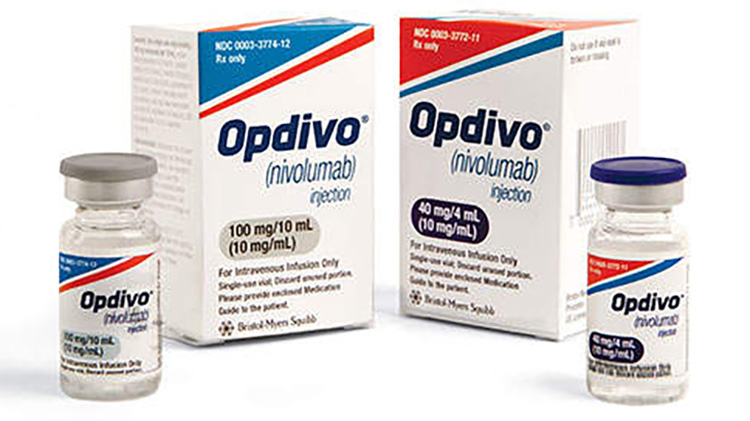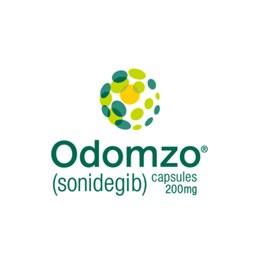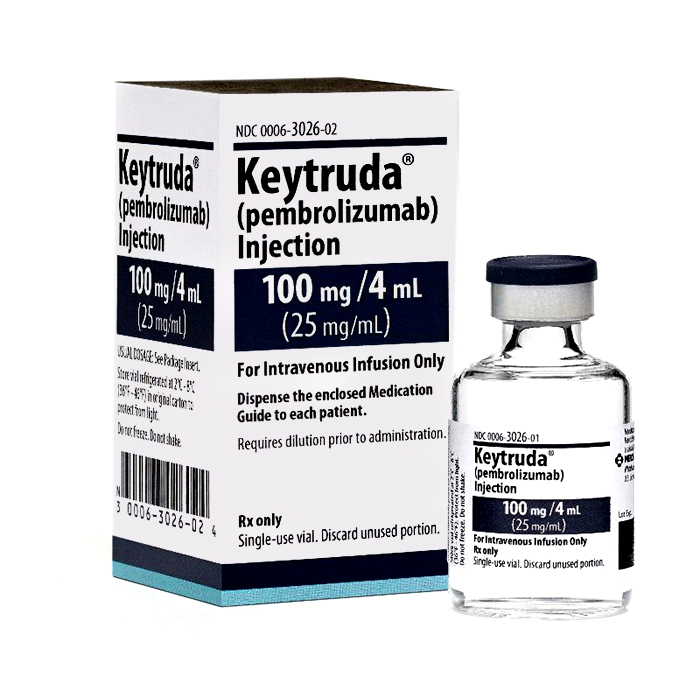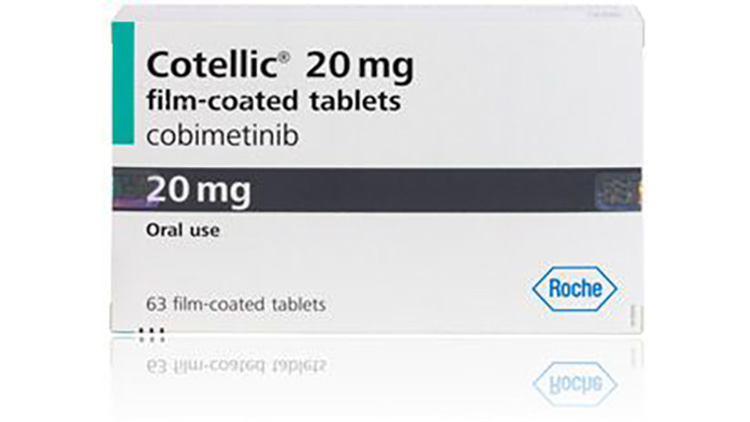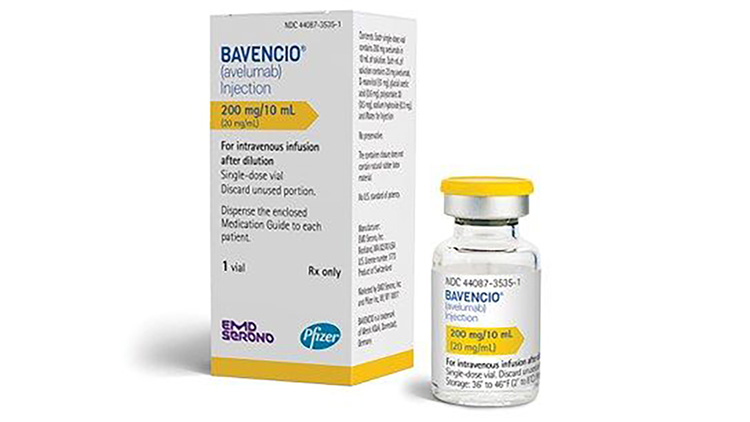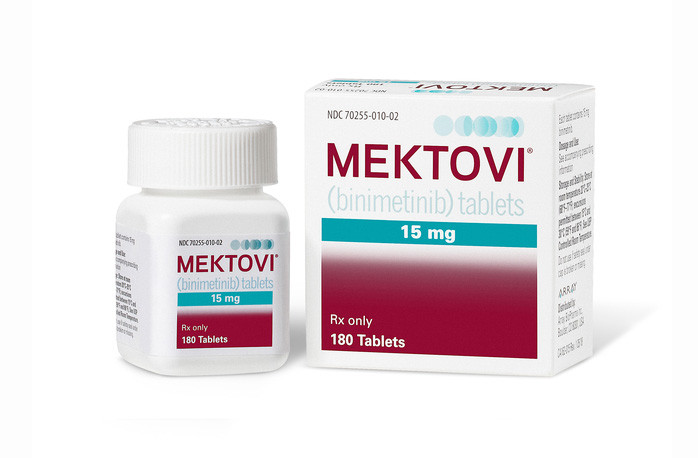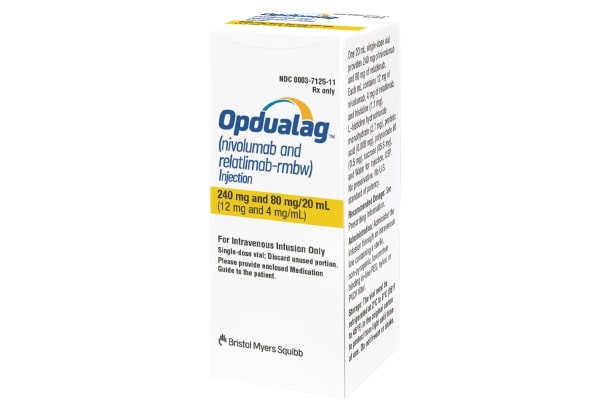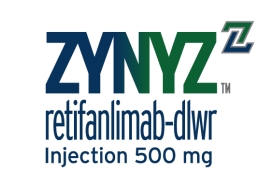New Skin Cancer treatments 2024
New Skin Cancer Treatments 2024
Skin cancer is a common form of cancer that arises from the skin cells and manifests in various forms, the most prevalent being basal cell carcinoma, squamous cell carcinoma, and melanoma. Basal cell carcinoma and squamous cell carcinoma, collectively referred to as non-melanoma skin cancers, are highly treatable and usually not life-threatening. Melanoma, on the other hand, is more aggressive and can spread to other parts of the body if not detected early. Risk factors for skin cancer include excessive exposure to ultraviolet (UV) radiation from the sun or tanning beds, a fair complexion, a history of sunburns, a family history of skin cancer, and the presence of many moles or abnormal moles. Early detection through regular skin examinations can significantly improve the prognosis for skin cancer patients.
Treatment options for skin cancer depend on the type, size, location, and stage of the cancer, as well as the patient's overall health. For non-melanoma skin cancers, treatments may include surgical excision, Mohs surgery, cryotherapy, topical medications, photodynamic therapy, and radiation therapy. For melanoma, treatment options are more extensive and may include surgery to remove the melanoma and possibly nearby lymph nodes, targeted therapy, immunotherapy, chemotherapy, and radiation therapy. It is important for patients to discuss with their healthcare provider the benefits and risks of each treatment option, as well as any potential side effects. For all types of skin cancer, avoiding further UV radiation exposure is crucial to reduce the risk of new or recurring skin cancer.

Treatment options
| Treatment option | Estimated cost | Efficacy | Eligibility |
|---|---|---|---|
| Surgery | Varies widely | High for localized cancer | Most skin cancer types |
| Radiation therapy | $1,000 - $5,000/month | High for certain types | Localized/non-surgical candidates |
| Chemotherapy | $1,000 - $12,000/month | Varies with cancer type and stage | Advanced/metastatic cancers |
| Photodynamic therapy | $2,500 - $3,500/session | Moderate | Superficial or thin cancers |
| Immunotherapy | $10,000 - $30,000/month | High for certain types | Advanced/metastatic cancers |
| Targeted therapy | $7,000 - $15,000/month | High for specific mutations | Genetic mutation present |
| Opdivo (Nivolumab) | $13,000 - $16,000/month | High for advanced melanoma | Advanced melanoma, off-label for others |
| Odomzo (Sonidegib) | $8,000 - $10,000/month | Moderate for basal cell carcinoma | Locally advanced basal cell carcinoma |
| Keytruda (Pembrolizumab) | $10,000 - $15,000/month | High for advanced melanoma | Advanced melanoma, off-label for others |
| Cotellic (Cobimetinib) | $8,500 - $10,000/month | Used in combination, moderate efficacy | BRAF V600E or V600K mutation-positive melanoma |
| Bavencio (Avelumab) | $13,000 - $15,000/month | Moderate for Merkel cell carcinoma | Merkel cell carcinoma |
| Mektovi (Binimetinib) | $11,000 - $13,000/month | Used in combination, moderate efficacy | BRAF V600E or V600K mutation-positive melanoma |
| Braftovi (Encorafenib) | $11,000 - $13,000/month | Used in combination, moderate efficacy | BRAF V600E or V600K mutation-positive melanoma |
| Libtayo (Cemiplimab) | $13,000 - $16,000/month | High for cutaneous squamous cell carcinoma | Advanced cutaneous squamous cell carcinoma |
| Opdualag (Nivolumab and Relatlimab-rmbw) | $20,000 - $25,000/month | High for advanced melanoma | Advanced melanoma |
| Zynyz (Experimental) | Not available | Not established | Currently in clinical trials |
Treatments options in detail
Surgical Treatments
Surgical removal is often the first-line treatment for many types of skin cancer, particularly non-melanoma skin cancers such as basal cell carcinoma (BCC) and squamous cell carcinoma (SCC). The most common surgical procedures include:
Excisional surgery, where the tumor and some surrounding tissue are cut out; Mohs surgery, a precise technique that removes cancer layer by layer and examines each layer under a microscope until no abnormal cells remain; Curettage and electrodessication, which involves scraping away the cancer and using electricity to kill any remaining cancer cells; and Cryosurgery, where liquid nitrogen is used to freeze and destroy cancerous tissue.
Radiation Therapy
Radiation therapy is sometimes used when surgical options are not feasible due to the size or location of the tumor, or for patients who are not good candidates for surgery. It involves using high-energy particles or waves, such as X-rays, to destroy or damage cancer cells.
Topical Treatments
For superficial skin cancers or pre-cancerous growths, topical treatments can be applied directly to the skin. These include chemotherapeutic agents such as 5-fluorouracil (5-FU) and imiquimod, which stimulate the immune system to attack cancer cells.
Photodynamic Therapy (PDT)
PDT involves applying a photosensitizing agent to the skin, which is then activated by a specific wavelength of light. This causes a reaction that destroys cancer cells. PDT is generally used for superficial BCCs and actinic keratosis, a pre-cancerous skin condition.
Chemotherapy
Systemic chemotherapy is less common for skin cancer but may be used for advanced cases, particularly metastatic melanoma. Chemotherapy drugs circulate throughout the body and can kill cancer cells that have spread beyond the skin.
Targeted Therapy
Targeted therapy drugs work by targeting specific genes or proteins that contribute to cancer growth and survival. For example, drugs such as vemurafenib (Zelboraf) and dabrafenib (Tafinlar) target mutations in the BRAF gene that occur in about half of all melanomas.
Immunotherapy
Immunotherapy boosts the body's natural defenses to fight cancer. Drugs like ipilimumab (Yervoy), pembrolizumab (Keytruda), and nivolumab (Opdivo) have been approved for treating advanced melanoma and are examples of immune checkpoint inhibitors that help the immune system recognize and attack cancer cells.
Combination Treatments
Combination treatments involve using two or more types of treatment together. For example, Cotellic (cobimetinib) is often used in combination with vemurafenib for BRAF V600E or V600K mutation-positive unresectable or metastatic melanoma. Similarly, Mektovi (binimetinib) is used in combination with encorafenib for the treatment of patients with unresectable or metastatic melanoma with a BRAF V600E or V600K mutation.
Off-Label and Experimental Treatments
Some treatments may be used off-label or are still in the experimental stage for skin cancer. Off-label use means the medication is FDA-approved for one condition but is used for another. Experimental treatments are those that are still being tested and are not yet approved by the FDA.
Drugs like Odomzo (sonidegib) and Erivedge (vismodegib) are hedgehog pathway inhibitors approved for the treatment of advanced BCC. Libtayo (cemiplimab) is a PD-1 inhibitor approved for metastatic or locally advanced cutaneous SCC.
Opdualag, a combination of nivolumab and relatlimab, is being investigated for its potential in treating advanced melanoma. Bavencio (avelumab) is a PD-L1 inhibitor that, while approved for Merkel cell carcinoma, is also being studied for its effectiveness in other types of skin cancer.
Braftovi (encorafenib) is a BRAF inhibitor that is used in combination with binimetinib for the treatment of patients with unresectable or metastatic melanoma with a BRAF V600E or V600K mutation.
Zynyz (talimogene laherparepvec), also known as T-VEC, is an oncolytic virus therapy that is injected directly into melanoma lesions, where it replicates inside cancer cells and causes them to rupture and die.
Experimental treatments may also include new immunotherapy combinations, vaccines, gene therapies, and other targeted therapies that are currently being tested in clinical trials. These treatments hold promise for improving outcomes in skin cancer patients, especially those with advanced disease.
It is important to note that while some of these treatments may show promise, they may not be widely available or approved for general use. Patients interested in experimental or off-label treatments should discuss the potential risks and benefits with their healthcare provider and may need to participate in clinical trials to access these therapies.
In conclusion, the treatment of skin cancer involves a multi-faceted approach that can include surgery, radiation, topical treatments, photodynamic therapy, chemotherapy, targeted therapy, immunotherapy, and experimental treatments. The choice of treatment depends on the type of skin cancer, its stage, and the overall health of the patient. Ongoing research continues to provide new insights and therapies that improve the management and prognosis of skin cancer.
Symptoms
Most Common Symptoms of Skin Cancer
Skin cancer can present with a variety of symptoms, and its manifestation can differ depending on the type of skin cancer. The most common symptom of skin cancer is a change in the skin, which may be a new growth, a sore that doesn't heal, or a change in an existing mole.
Moles that are asymmetrical, have irregular borders, contain multiple colors, are larger than a pencil eraser, or change over time could indicate melanoma, the deadliest form of skin cancer. These moles can appear anywhere on the body but are most commonly found on areas exposed to the sun.
Basal cell carcinoma, the most common form of skin cancer, often manifests as a pearly or waxy bump on sun-exposed areas of the body, such as the face, ears, and neck. It may also appear as a flat, flesh-colored or brown scar-like lesion.
Squamous cell carcinoma tends to occur on sun-exposed areas of the body, such as the face, ears, and hands. Symptoms may include a firm, red nodule or a flat lesion with a scaly, crusted surface.
Changes in the Skin
One of the hallmark symptoms of skin cancer is a change in the skin that persists for weeks or evolves over time. This can include scaling, oozing, bleeding, or the appearance of a raised bump that may be shiny or rough. The skin may also become harder or feel tender or painful to the touch.
Itching, Tenderness, or Pain
Areas affected by skin cancer may itch or feel tender. In some cases, there may be pain, although pain is not a reliable indicator of skin cancer as many skin cancers are painless. It's important to note that not all itchy or painful lesions are cancerous, but persistent symptoms warrant a medical evaluation.
Sores That Do Not Heal
Sores that do not heal within typical time frames or that heal and then recur can be a sign of skin cancer. Non-healing sores may be particularly suspect for skin cancer when they are located on sun-exposed areas of the skin.
Changes in Existing Moles
Changes in the size, shape, color, or texture of an existing mole can be a warning sign of melanoma. The ABCDE rule is a guide to the usual signs of melanoma, where A stands for asymmetry, B for border irregularity, C for color changes or multiple colors, D for a diameter greater than 6mm, and E for evolving shape, size, or color.
Development of New Moles or Growth
The appearance of new moles or growths on the skin is a common symptom of skin cancer. These can be benign, but any new growth warrants attention, especially if it changes quickly or appears after age 20.
Actinic Keratosis
Actinic keratosis is a pre-cancerous condition that may develop into squamous cell carcinoma if untreated. It presents as rough, scaly patches on the skin, often on the face, lips, ears, back of the hands, forearms, scalp, or neck. These patches are often elevated, may be pink, red, or brown, and can be itchy or sensitive to the touch.
Spread of Pigmentation
In the case of melanoma, the pigment may spread from the border of a mole into the surrounding skin. This spread of pigment can be a sign of malignancy and should prompt immediate medical evaluation.
Redness or Swelling
Redness or a new swelling beyond the border of the mole or lesion can be a sign of skin cancer. This can indicate that the cancer is growing and causing inflammation in the surrounding tissues.
Changes in Sensation
Changes in sensation, such as tingling, itchiness, or tenderness around a mole or other skin lesion, can be a symptom of skin cancer. These sensations may be caused by the growth of cancer cells in the skin layers.
Appearance of a Small Lump on the Skin
Small, raised lumps that may be red, pink, white, or the same color as the skin can be indicative of basal cell or squamous cell carcinoma. These lumps can be smooth, shiny, waxy, or rough to the touch and may bleed easily.
Ulceration and Bleeding
Ulceration refers to the breakdown of skin over a lesion, which can lead to bleeding. This symptom is of particular concern when it occurs without any known injury and is persistent.
Lesions with Irregular Borders
Lesions with notched, irregular, or poorly defined borders can be a sign of melanoma and require prompt medical attention. These lesions may also have multiple colors or uneven distribution of color.
While these symptoms can be indicative of skin cancer, they can also be caused by other, non-cancerous skin conditions. It is essential for individuals to monitor their skin for any changes and to consult a healthcare professional for a thorough examination if any of these symptoms are observed. Early detection and treatment are critical in improving outcomes for skin cancer.
Cure
Defining a Cure for Skin Cancer
The term "cure" in the context of skin cancer implies the complete removal or eradication of the cancer such that the patient has the same life expectancy as someone who has never had the disease. Whether or not skin cancer can be cured depends on several factors, including the type of skin cancer, its stage at diagnosis, the patient's overall health, and the effectiveness of treatment.
Types of Skin Cancer and Their Treatability
There are several types of skin cancer, including basal cell carcinoma (BCC), squamous cell carcinoma (SCC), and melanoma, among others. BCC and SCC, known collectively as non-melanoma skin cancers, are the most common and also the most curable, especially when detected early. Melanoma is less common but more aggressive and can be harder to cure if not caught in the early stages.
Early Detection and Treatment
Early detection of skin cancer increases the likelihood of a cure. When caught early, many skin cancers can be effectively treated with surgical removal. Mohs surgery, for instance, is a precise surgical technique used to treat skin cancer, particularly BCC and SCC, with a high cure rate. This procedure involves removing the cancerous tissue layer by layer and examining it microscopically until only cancer-free tissue remains.
Advanced Skin Cancer Treatment
For more advanced skin cancers, or for those that have spread beyond the skin, additional treatments may be necessary. These can include radiation therapy, chemotherapy, immunotherapy, or targeted therapy. The cure rates for advanced skin cancer are lower, and treatment often focuses on controlling the spread of the disease and alleviating symptoms rather than achieving a cure.
Melanoma Treatment and Prognosis
Melanoma, particularly when detected early and treated appropriately, can often be cured. Surgical removal is the primary treatment for early-stage melanoma. For advanced melanoma, new treatments such as immune checkpoint inhibitors and targeted therapies have significantly improved outcomes and, in some cases, have led to long-term remission that can be considered a cure.
Recurrence and Follow-Up
Even after successful treatment of skin cancer, there is a risk of recurrence. Patients who have had skin cancer are at higher risk for developing new skin cancers, which necessitates regular follow-up with a dermatologist. Ongoing monitoring and skin examinations are critical components of post-treatment care to detect any new or recurring skin cancers as early as possible.
Prevention and Risk Reduction
While not a cure, prevention plays a crucial role in the fight against skin cancer. Protective measures such as using sunscreen, wearing protective clothing, and avoiding tanning beds can reduce the risk of developing skin cancer. Early detection through regular skin checks and prompt treatment of suspicious lesions are key strategies in achieving a cure for those who develop skin cancer.
Off-Label Medications and Investigational Treatments
There are instances where medications approved for other conditions are used off-label for treating skin cancer. Additionally, investigational treatments available through clinical trials may offer potential cures for certain types of skin cancer. These options are typically considered when standard treatments are not effective or appropriate for the patient's situation.
Individualized Treatment and Outcomes
The potential for a cure for skin cancer is highly individualized. Factors such as the patient's age, overall health, the specific type and stage of skin cancer, and how the cancer responds to treatment all play roles in determining the likelihood of a cure. A multidisciplinary approach involving dermatologists, oncologists, surgeons, and other healthcare professionals is often necessary to optimize treatment outcomes.
Research and Future Directions
Research into skin cancer treatment is ongoing, with new therapies and approaches being developed that may improve cure rates. Advances in genetic profiling of tumors, immunotherapy, and personalized medicine hold promise for more effective treatments and potential cures for skin cancer patients in the future.
Conclusion
In summary, while there is no universal cure for skin cancer that applies to every case, many forms of skin cancer can be cured, particularly when detected and treated early. The prognosis for skin cancer varies widely based on the type, stage, and treatment options available. Continuous research and advances in medical treatments continue to improve the chances of a cure for skin cancer.
Access Skin Cancer medicines today
If Skin Cancer medicines are not approved or available in your country (e.g. due to supply issues), you can access them via Everyone.org.
How Everyone.org works

Make an enquiry
Choose the medicine you want to access, answer a couple of questions, and upload your prescription to speed things up. We’ll get back to you within 24 hours.


Make an enquiry
Choose the medicine you want to access, answer a couple of questions, and upload your prescription to speed things up. We’ll get back to you within 24 hours.


Breeze through the paperwork
We'll guide you through the required documents for importing unapproved medicine, ensuring you have all the necessary information.


Get a personalized quote
We’ll prepare a quote for you, including medicine costs and any shipping, administrative, or import fees that may apply.


Receive your medicine
Accept the quote and we’ll handle the rest - sourcing and safely delivering your medicine.

Some text on this page has been automatically generated. Speak to your physician before you start a new treatment or medication.
Let's talk
If you have any questions, call us or send us a message through WhatsApp or email:
Contact us

